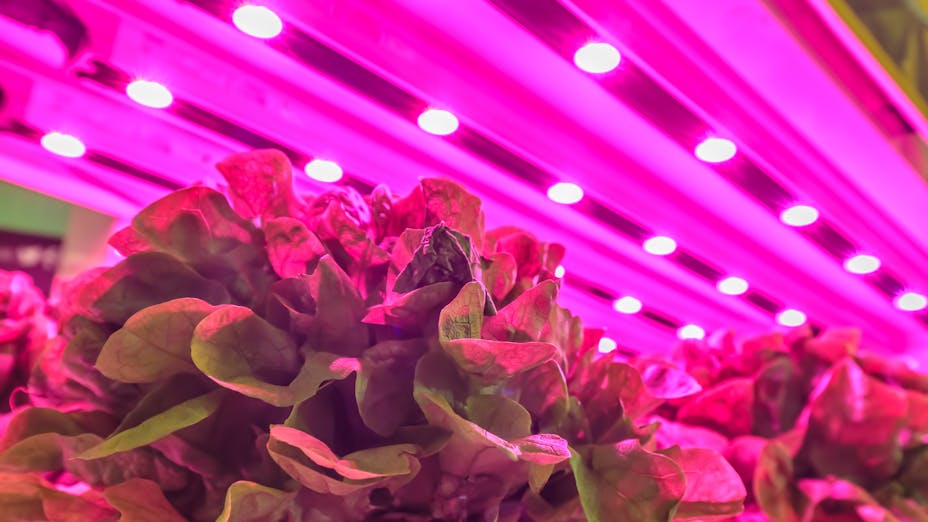“Vertical farming is the ultimate form of precision growing,” says Pim Molenaars, Business Development Manager at Grodan. Vertical farming is hot and happening now: it speaks to people’s imagination, it reduces space needed for food production, and it enables food production close to urban areas in a safe and clean way. There’s no question that vertical farms will play an increasingly important role in food production around the world in the upcoming years. However, how will this happen and what are the challenges? We spoke to Pim Molenaars about what vertical farming is, why it is so popular and what challenges need to be tackled to scale up the number of vertical farms around the world.
What is vertical farming all about?
In a vertical farm, vegetables and herbs can be grown on multiple layers in a limited surface area. The farms are a very promising and sustainable solution to the growing needs for healthy, local foods in (over)populated urban areas. The biggest difference with high tech greenhouses is that vertical farms do not use any natural daylight to grow the food products.
“In a vertical farm, all elements are controllable: the amount of sunlight, water, the type of substrate you use, etc. Because everything in the farm is steerable, you can grow food in the safest and cleanest way possible,” explains Pim. “However, this steerability also forms a challenge. You need to regulate all the circumstances in the farm on a constant basis. This is costly and requires high level technology usage and knowledge of the farmer. And on top of that, not using sunlight results in high energy costs for the use of artificial lighting.”
A growing demand worldwide
Regardless of the challenges, there is a growing demand and interest in vertical farms around the world.
“We see that the reasons for the demand for these farms differ per region. For example, in Asia, the demand for vertical farms is increasing because of the lack of space in urban areas. In countries, such a Japan, where many food producers were affected by the tsunami in 2011, the demand for clean and safely produced food is very high. In the Middle East, we see that it’s difficult to grow foods in greenhouses, as it’s simply too hot in those countries. And in the US, we see a growing demand for locally produced foods with less food miles.”
Grodan & vertical farms
In line with this growing demand, Grodan delivers growing media to vertical farms around the world. These are the most steerable, high-tech substrates to make sure Grodan contributes to optimal circumstances in the vertical farm. Grodan also participates in several research projects and initiatives.
“Right now, I see vertical farming as a great and important addition to the current high tech greenhouses. I imagine that in the future some products with a fast cropping cycle, such as lettuce and herbs, will be increasingly produced close to the city in vertical farms. But I believe that greenhouses will continue to be used to grow foods with a longer cropping cycle, such as tomatos and cucumbers. Greenhouses are already very successful in CO2 reduction and have lower energy costs, so I don’t think they will be fully replaced by vertical farms.”
Pim also does not think that empty buildings in city centers will suddenly be occupied by vertical farmers. “The costs of producing foods in a vertical farm in expensive areas such as city centers simply do not outweigh the costs of transporting these foods into the city. However, I do see large opportunities for vertical farms close to urban areas,” explains Pim. “Vertical farms could also be used for medicinal herbs and plants, as these farms guarantee a very safe and clean production process.”
Vertical farms: the farms of the future?
Pim is positive about the future developments of these farms: “The lights for vertical farms are already getting more energy-efficient and durable over the years. So, over time, food production in vertical farms will become more cost-efficient and will be a great addition to our current greenhouses.”
On top of that, vertical farms will generate important data, which can be used to improve and tailor the food production process even more. “My ultimate dream is that we can plug in a USB stick in a vertical farm and it will automatically start producing the foods we want. How cool would that be?”.





